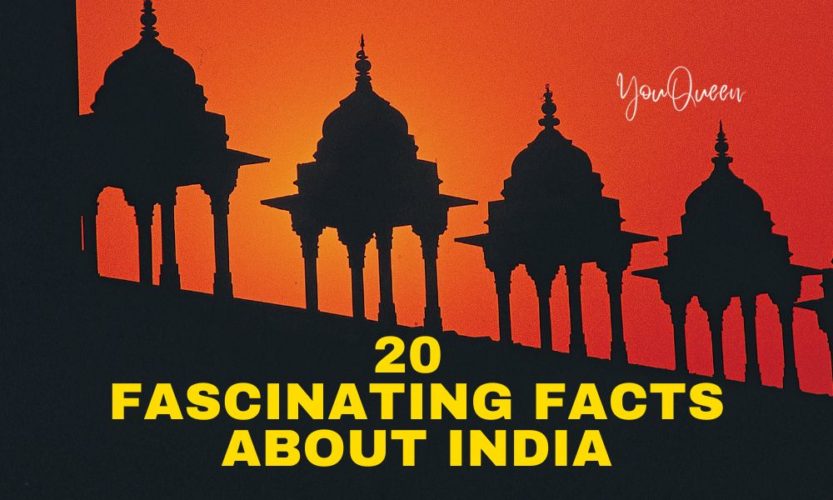
A lot of people sit on the fence about India when it comes to vacation destinations. There are lots of great things to see but there’s also the climate and poverty. What many don’t realize is the incredibly rich history of India and its civilization. It’s the world’s largest democracy with 1.4 billion people. It is also one of the world’s oldest civilizations, far older than Rome and Greece. Here are some fascinating facts about India that you may or may not already know. Perhaps they will push you to put this unique country on your bucket list.
#1 There are currently over 780 languages spoken in India with over a thousand different dialects
The world’s oldest living language with grammar is a dialect of Tamil. Although gauging the age of languages is very difficult, this dialect definitely falls into this category. There are currently over 780 languages spoken in India with over a thousand different dialects. That is after the disappearance of over 250 of them in the last 50 years. The official languages are Hindi and English.
#2 The world’s largest gathering of people occurs at the Kumbh Mela Festival
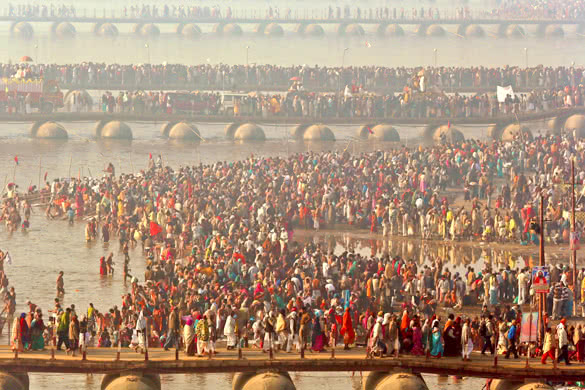
The festival, also called the Grand Pitcher Festival, is a religious Hindi celebration that occurs approximately every 3 years. It occurs in one of four places in India – on the banks of the Godavari river in Nashik (Maharastra), the Shipra river in Ujjain (Madhya Pradesh), the Ganges river in Haridwar (Uttarakhand), and convergence of the Ganges, Yamuna, and Saraswati rivers in Allahabad/Prayag (Uttar Pradesh), so that each place hosts the festival once every 12 years.
#3 The Hindu calendar has 6 seasons
Spring, summer, (summer) monsoon, autumn, winter, and prevernal (winter monsoon).
#4 More than 11% of the world’s gold is in the hands of Indian housewives
That is higher than the combined reserves of the USA, Germany, Switzerland, and the International Monetary Fund. That’s a lot of bling. In India gold symbolizes prosperity, purity, and good fortune. It is gifted at weddings, births, festivals (particularly Diwali), and any celebratory occasion such as a promotion at work. It is estimated that India has over 11,000 tonnes of gold and yet they do not produce any and it is all imported. Gold is passed down from generation to generation and the amount of gold is increased as gifts continue to accumulate over a lifetime. Gold is particularly important to women as the gold a woman is gifted on her wedding is hers and hers alone. It is one of the few things a bride has full control over and can help her in times of trouble such as upon being widowed.
#5 Breathing the air in Mumbai for a single day is the equivalent of smoking 100 cigarettes
OK, this one is a bit of a downer. It gets even worse during the Diwali festival when the sheer number of firecrackers used actually increases the air pollution sufficiently to raise the number.
#6 Medical science in India dates back over 2500 years and surgery was conducted in India that far back
Famed Indian doctors include Charaka, the Father of Medicine, and Sushruta of India, the Father of Surgery.
#7 India is the birthplace of the Kama Sutra
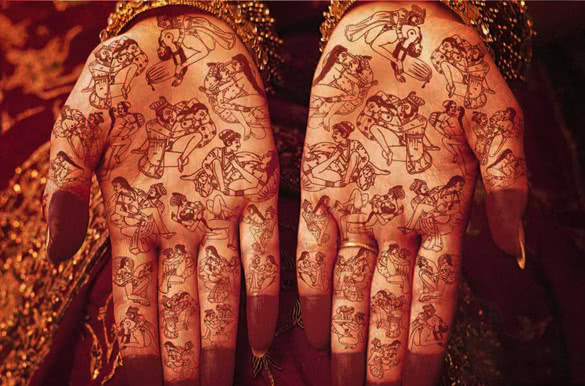
It is not just a famed text about sexual positions. It is meant to be a guide to how to live a good life and achieve karma and has many chapters that discuss how to lead a good life, attract a spouse, and be a good spouse. The temples of Khajuraho are covered in sculpture and art that is passionate and erotic in nature. Arts like dance and music are also portrayed throughout the temples. Although there were originally 85 temples dating from the 9th to 12th centuries, only 20 survive today. Polygamy is legal in India and this country sports the world’s largest family – a man with 39 wives and 94 children.
#8 India is the birthplace of four major religions: Hinduism, Jainism, Sikhism, and Buddhism
The largest religious denomination in India is Hindu but the second largest is Muslim. In fact the second largest number of Muslims in the world lives in India. Indonesia is the only country with more Muslims living in it. Despite this, Muslims represent less than 15% of the Indian population.
#9 India is also the birthplace of chess
Chess was originally called chaturanga in Sanskrit, yoga, martial arts, and meditation
#10 Over 5,000 years ago, when most cultures were still nomadic, there were settled communities in India
#11 Takshila, the world’s first university, was established in 700 BC
India has made tremendous contributions in the field of mathematics and science.
#12 India is the second largest country in the world by population and the seventh largest by area.
This one is among the most fascinating facts about India. this country has over 1.4 billion people! India is home to over 2,000 ethnic groups and more than 1,600 languages.
#13 India has the world’s largest cinema industry, also known as Bollywood
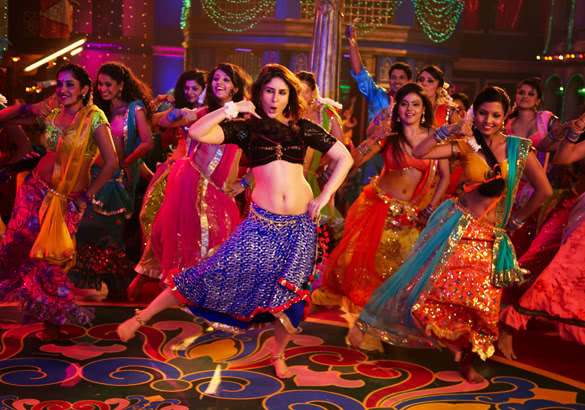
They produce more movies per year (over 800 new films each year) and buy more cinema tickets (over 3.2 billion last year) than any other country in the world. However, ticket prices are quite low and as a result they do not have the highest cinema revenues in the world.
#14 Veterinary science began in India
It began with the famed text the Haya Ayurveda by horse specialist Shalihotra (born in 2352 BC). It detailed physiology, anatomy, diseases, treatments, and surgical techniques.
#15 India is known as the “Land of Spices,” as it produces and exports a large variety of spices.
The use of spices in Indian cooking dates back thousands of years and was originally used to preserve food and enhance its flavor. Some of the most commonly used spices in Indian cuisine include cumin, coriander, turmeric, cardamom, cinnamon, and cloves.
#16 In Mumbai, there are over 400,000 Dabbawallas and they deliver over 100,000 meals per day
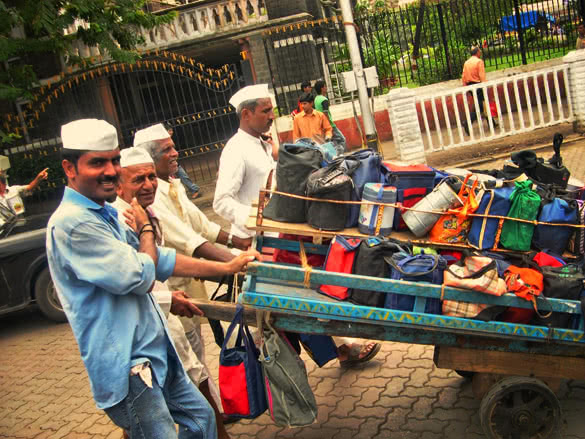
Dabbawallas are couriers that pick up meals from homes and deliver them to the workplace. They make fewer than 1 in 16 million errors. That’s a lot of lunches to the right people.
#17 Indian cuisine includes a wide variety of vegetarian dishes, and many Indians follow a vegetarian or vegan diet.
#18 The Taj Mahal, one of the world’s most iconic landmarks, is located in Agra, India. It was built in the 17th century by Mughal emperor Shah Jahan in memory of his wife Mumtaz Mahal.
#19 India is the world’s largest producer of milk, with over 20% of global production.
#20 India has a space program that has successfully sent satellites into orbit and landed a spacecraft on the moon.
There are so many other fascinating facts about India. The sights, the sounds, and the colours are incredible and the people are equally fascinating. This is a country well worth seeing.
Share your comments bellow. Have you already visited this country. Share more fascinating facts about India with us.
Cover photo: trajinandoporelmundo.com






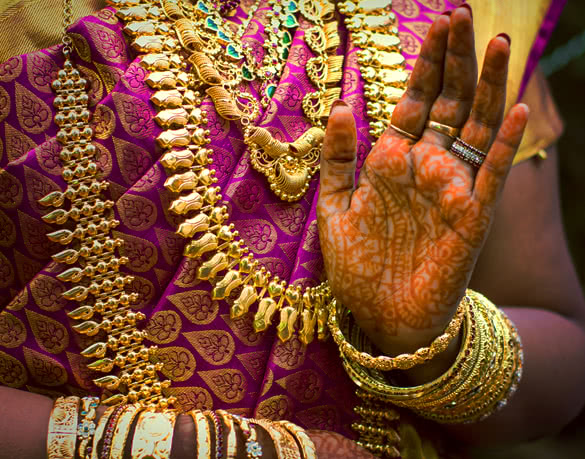



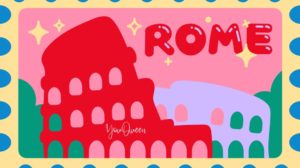
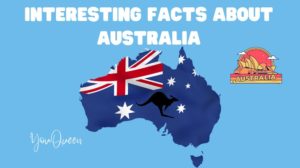

Hi
Nice set of facts. But I like to point out one thing – Bollywood is only part of the total Indian cinema industry – Each region has its own cinema industry – like the Tamil Cinema is called Kollywood, Telugu – Tollywood, Malayalam, Bengali, Kannada, Marathi etc., Bollywood just represents the Hindi cinema..
Thanks
Thanks Sylvian, I didn’t know that :)
Oldest language happens to be Sanskrit not tamil dilaect,It it one of the oldest languages worldwide..It’s also believed that Sanskrit is the mother language and all other languages have originated from it..
Mother is english comes from Matra in Sanskrit , Brother from Bhatra and so on…
wonderful post…loved it to the core..
I think these are great facts you have shared on this blog.
One another fact is India suffers one of the awful road accident rates in the world,bitter indisputable fact that will not surprise those who are familiar with Indian roads and traffic sense. Around 1,37,000 people died on Indian roads in 2013 only. Numerous awareness campaigns and initiatives have been taken by the government, NGO’s and media however the rising road accident rate rate appears to be unconcerned.